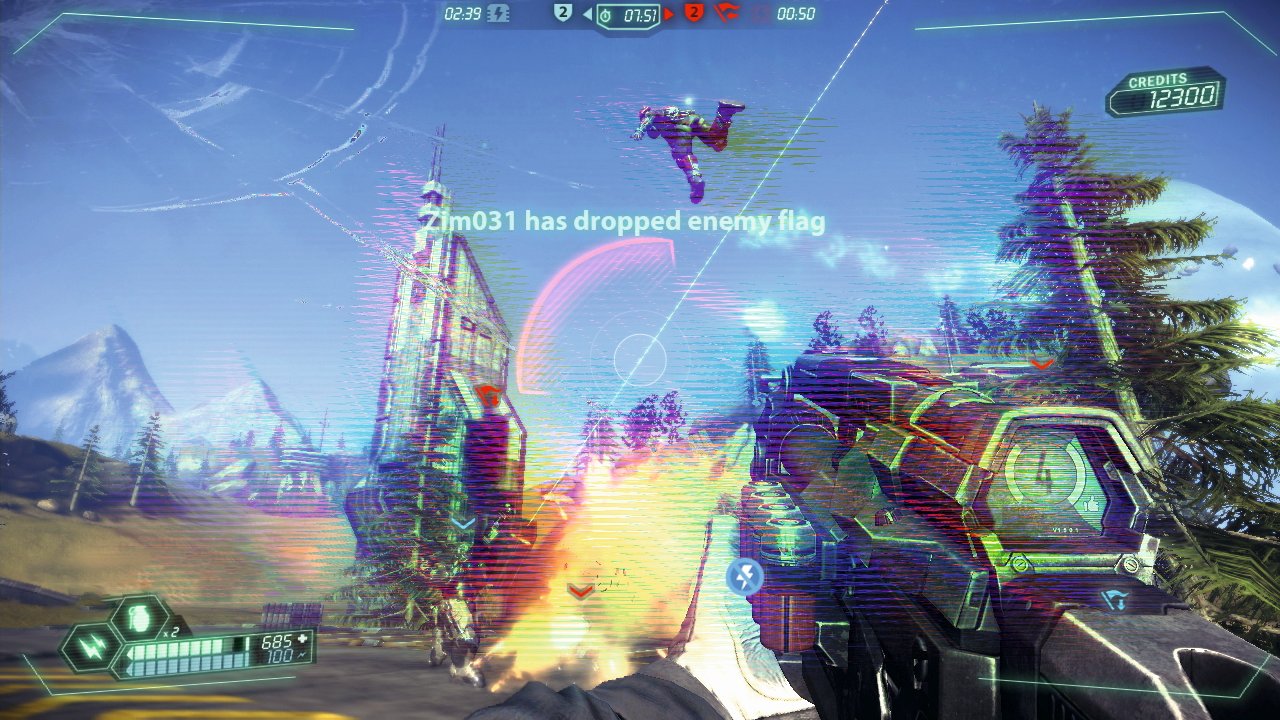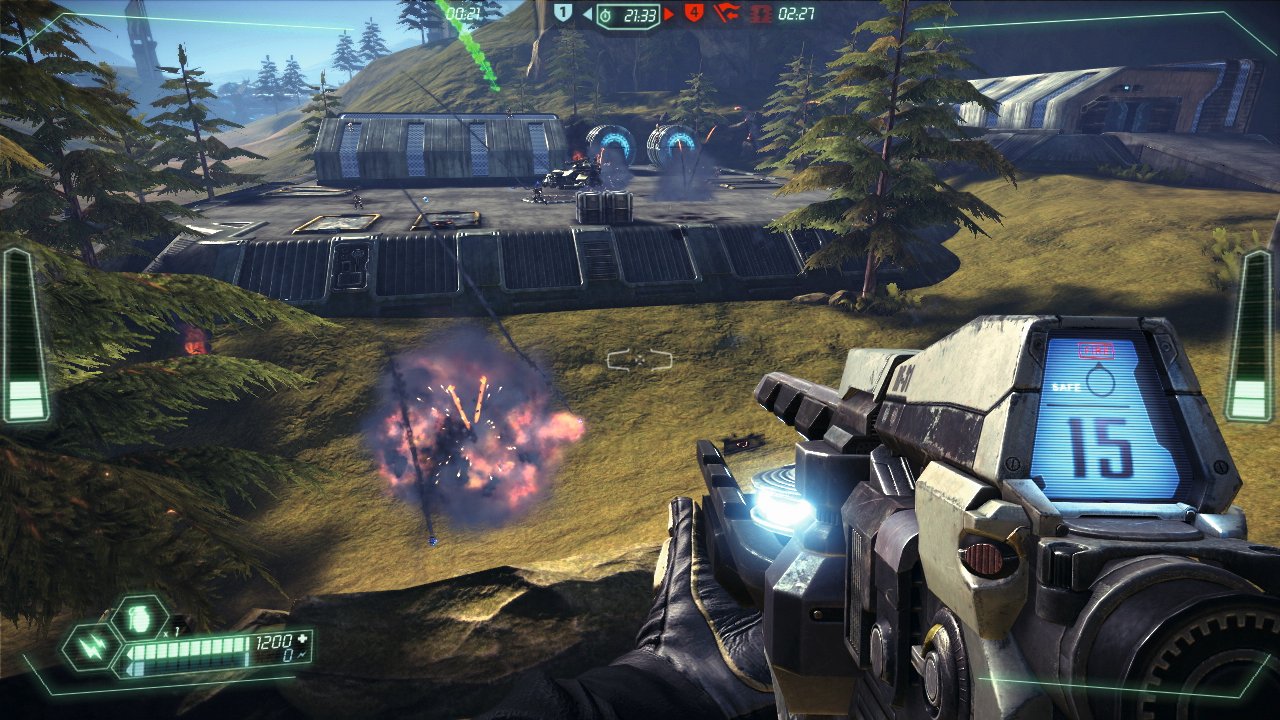The surprising return of Tribes: Ascend

Late last year, Tribes: Ascend returned after a long hiatus. The Out of the Blue update stripped entire systems out of Hi-Rez’s free-to-play Tribes sequel and overhauled others, attempting to deliver an experience closer to Tribes 2, and more palatable to the Tribes community. It’s one of the most unusual stories in modern game development—and if you read between the lines, it has a lot to teach about communities, communication, expectation and nostalgia. What it takes to resurrect a classic, and what gets taken for granted.
The story of Tribes, Ascend and Hi-Rez is a complicated one. It’s one of the best team FPS designs in the history of PC gaming—deep, skill-intensive, exciting and storied. I’ve loved it since I played Tribes 2 as a teenager: it was far ahead of its time, a precursor to massive joint-arms multiplayer games like Battlefield but possessed of ideas and experiences that you can’t find anywhere else. Skiing and jetpacks, for example. Bases that operate as massive connected devices, with hardy defences and vulnerable generators. The adoption of the word ‘shazbot’.
These are the reasons Tribes has always had a cult following—but they are also the reasons it has never been a mainstream success. Tribes is brilliant and weird and extremely unintuitive. It is an FPS where simply running somewhere is a mistake: the correct option is to shoot yourself with an exploding frisbee while sliding down a hill.
Beloved as Tribes 2 was, it’s easy to forget that its developer, Dynamix, folded only five months after its North American release. And with the benefit of hindsight it’s not a surprise that Hi-Rez Studios, known only for Global Agenda at the time, would struggle to spin a free-to-play success out of such a defiantly idiosyncratic formula.

Sean McBride has been Tribes: Ascend’s creative director since last August. He was a member of the original team, and one of the people who pushed for Hi-Rez to acquire the licence in the first place. It’s obvious that he loves the game and is saddened by what the community views as Hi-Rez’s decision to abandon the project. When he talks about returning to work on Ascend, he describes wanting to leave it in a better state—not, necessarily, to relaunch it as a business venture.
“We all know that player counts are not going to be super high,” he says. “The intention is to at least stretch it out over a longer tail, so, if we do need to leave it, we’ll have a planned date, so we can make sure everything’s in order. We didn’t do that last time. It was like ‘we all need to go onto Smite, right now.’”
When the decision was made to pull ongoing support for Ascend, Hi-Rez was in a vulnerable situation as a company. Tribes was making money, but not a lot of it, and the developer’s new MOBA Smite represented a potentially business-saving opportunity for the studio. “We were in talks with multiple publishers,” McBride remembers, “and then we eventually got the deal with TenCent. We had to get [Smite] into a really good state. It was very do-or-die at that time.
The biggest gaming news, reviews and hardware deals
Keep up to date with the most important stories and the best deals, as picked by the PC Gamer team.
“I wasn’t super happy leaving the game at all,” he says of Tribes: Ascend. “I felt like we had a lot more things we could have done and should have done differently. We were a younger company back then and we didn’t have a lot of manpower, either.”
Talk to anybody from Hi-Rez about Tribes and you get the same feeling: of not being quite happy with how everything ended up. Of—until recently—not being entirely sure what to do about it. There’s a pronounced contrast with how proud they seem of Smite, which has been an unprecedented success for the studio both financially and in the community that has grown up around it. Yet the Tribes community has always been there, and there’s always been frustration—which you can see if you look at the comments threads for almost any article about the studio’s games over the last two and a half years.
Joining in 2011, Chris made his start with PC Gamer turning beautiful trees into magazines, first as a writer and later as deputy editor. Once PCG's reluctant MMO champion , his discovery of Dota 2 in 2012 led him to much darker, stranger places. In 2015, Chris became the editor of PC Gamer Pro, overseeing our online coverage of competitive gaming and esports. He left in 2017, and can be now found making games and recording the Crate & Crowbar podcast.


